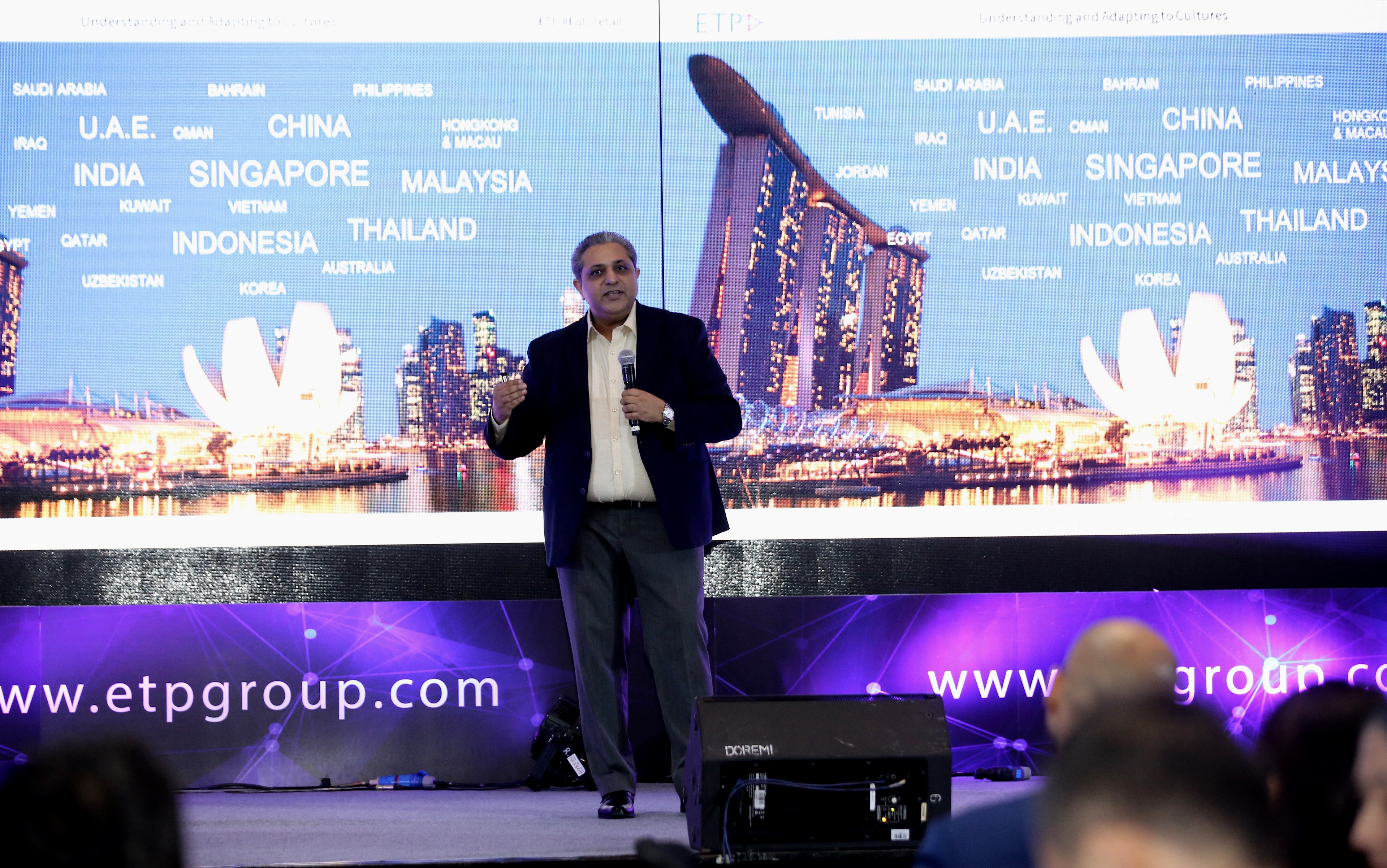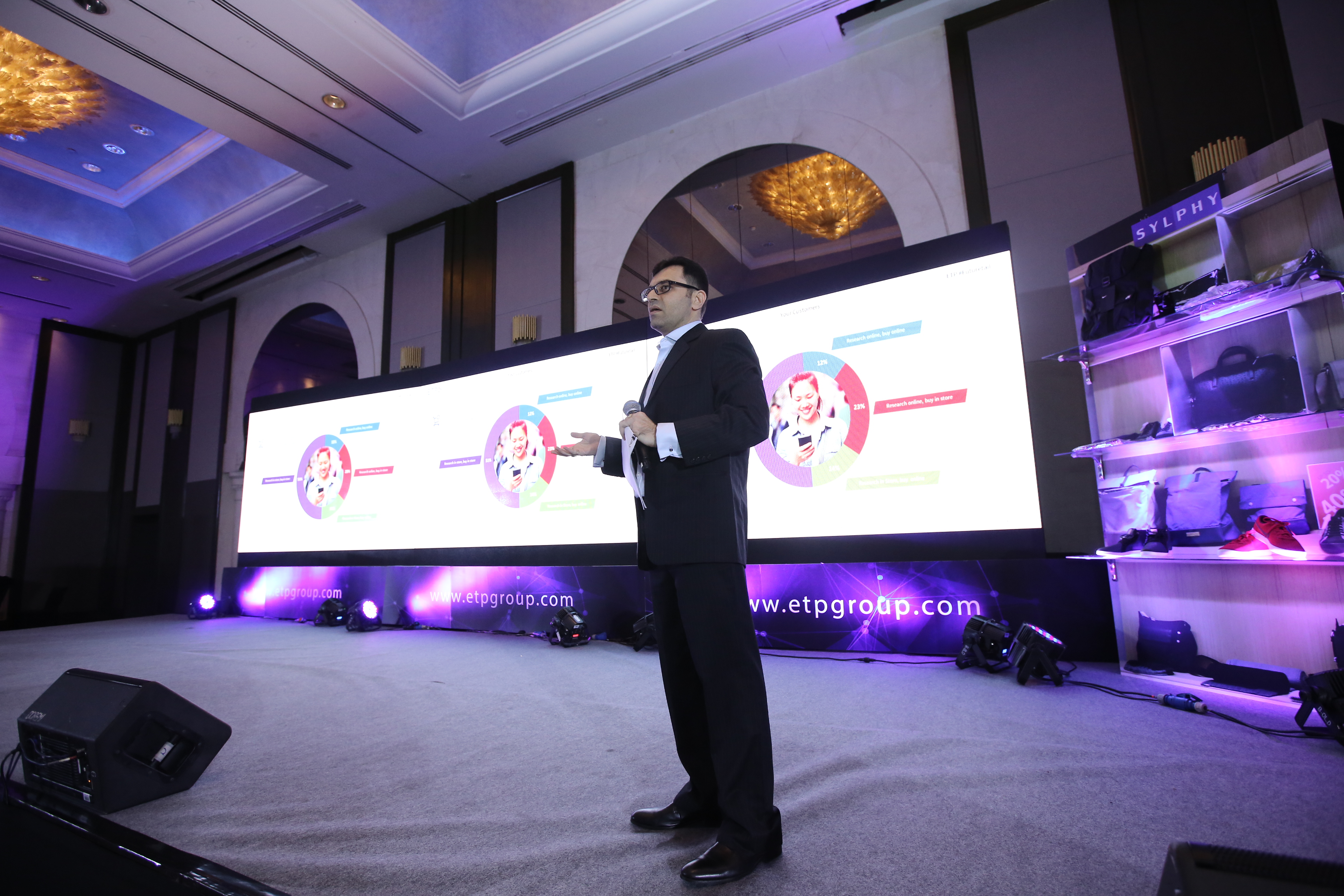
The concept of omnichannel retailing has now taken over a majority of the retail industry, with retailers focussing on providing a consistent, coordinated omnichannel customer experience across all customer channels using consistent and universal data.
So, what is omnichannel retail?
Omnichannel retail involves a dramatic shift from the multichannel retail approach. This retail strategy refers to a business model wherein all existing channels are integrated to offer customers a seamless and omnichannel shopping experience. The strategy is empowered by centralised data management, which blurs the lines between online and physical channels.
Customers can seamlessly use different channels in their shopping processes and are given a unique opportunity to create their preferable shopping routines. The omnichannel retail approach is adopted simultaneously in inventory management, sales channel, and marketing strategy.
This article aims to help retailers understand the need of investing in omnichannel retail:
1.Offering A Wonderful Customer Experience
Omnichannel retailing results in an omnichannel customer experience that seamlessly integrates online and offline channels. A retailer’s ultimate goal should not be to generate sales in a specific channel but to allow purchases to occur naturally and conveniently in the channel chosen by their customers.
By integrating online and offline channels, customers can shop from anywhere and experience an optimized retail experience. Be it shopping in brick and mortar stores or via using apps or company websites, customers can interact on all channels, efficiently manage their loyalty points and rewards, and invest in quick transactions. This type of interaction at all levels helps in improving customer relationships and pushes them to interact on a deeper level with retail brands.
2.Improving Sales
With an omnichannel retailing set-up, shoppers can shop from whichever channel they like, physical stores or online channels. With inventory management integration in the retail strategy, retailers receive stock visibility across all channels and gain accessibility into the customer’s favorite channel. This retail strategy also integrates multiple sales channels, and shoppers can pick the most convenient one, thereby leading to an increase in sales.
3.Increased Customer Retention Rates
Shoppers aim to buy products in a way that is most convenient to them. An omnichannel retail strategy is the best way of offering your customers various sales channels and letting them pick one that best suits them. Further, omnichannel retail incorporates multiple payment gateways that ease transaction processes. This leads to optimized checkout rates and quick and secure checkouts, resulting in increased customer retention.
4.Improved Data Collection
With an intelligent omnichannel retail solution, retailers can store all customer data centrally located on cloud databases. The valuable data may include essential customer information like contact details, purchase histories, etc. Retailers can take advantage of this data for creating personalized shopping experiences for customers. They can monitor customers across all channels, understand them better, know their preferences, and create targeted marketing campaigns and customized promotions for every client that makes them feel special.
5.Enhanced Productivity
The omnichannel retail experience offers a 360-degree view of all the customer purchases that helps to serve them better in the future. The integration of loyalty management programs further increases productivity.
Customers can pick, review information, offer feedback, purchase, promote, and like products from anywhere that increasing overall productivity and efficiency.
ETP’s omnichannel retail software offers an amazing omnichannel retailing experience
An intelligent omnichannel retail software integrates all crucial retail operations such as the point-of-sale, inventory management, customer relationship management, etc. by providing a single point solution for all retail processes irrespective of the channel. It perfectly integrates the backend operations with the demand and supply channels, offering physical and digital retail personalization to the customers which improves their overall experience and visibility of the brand.











